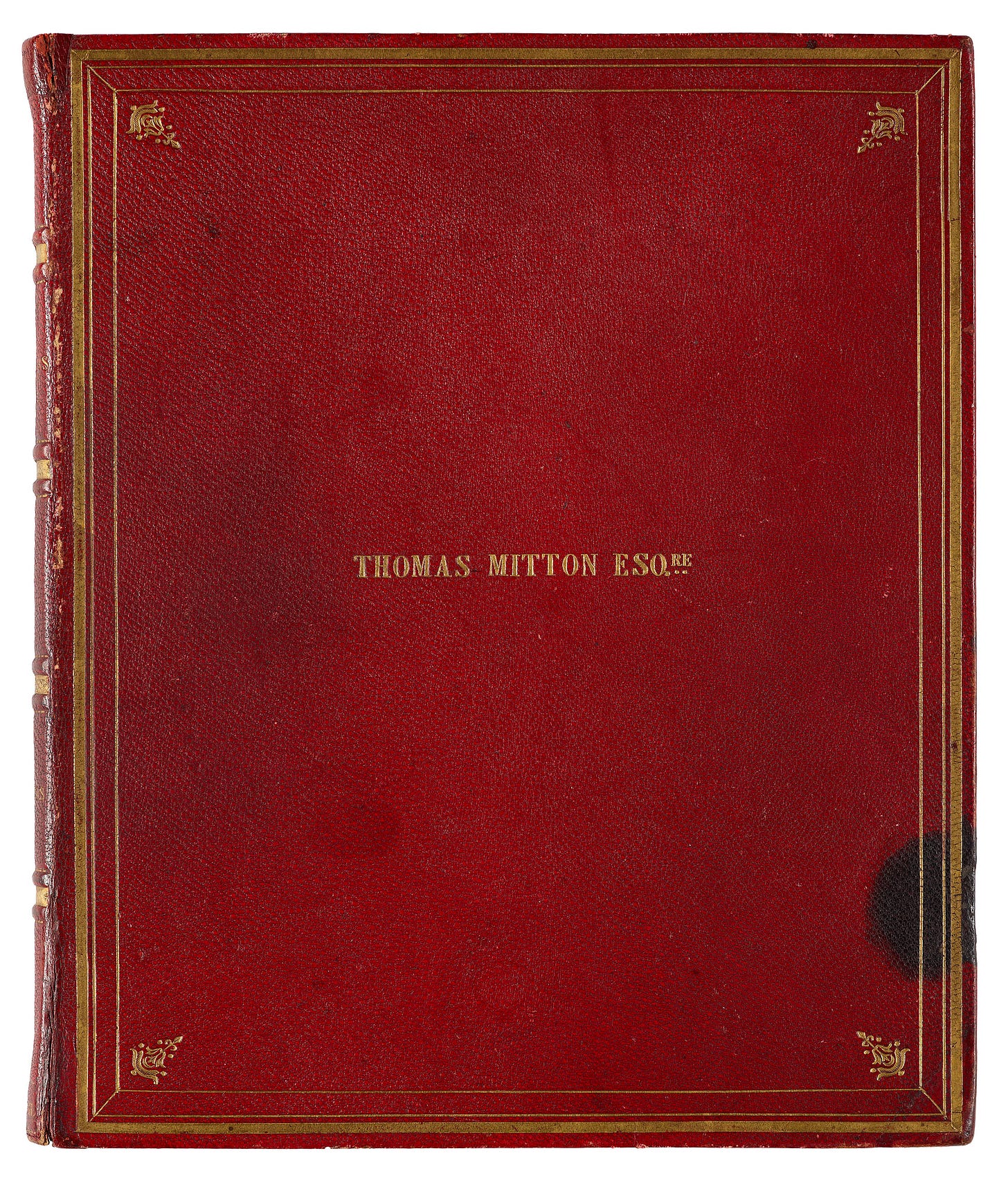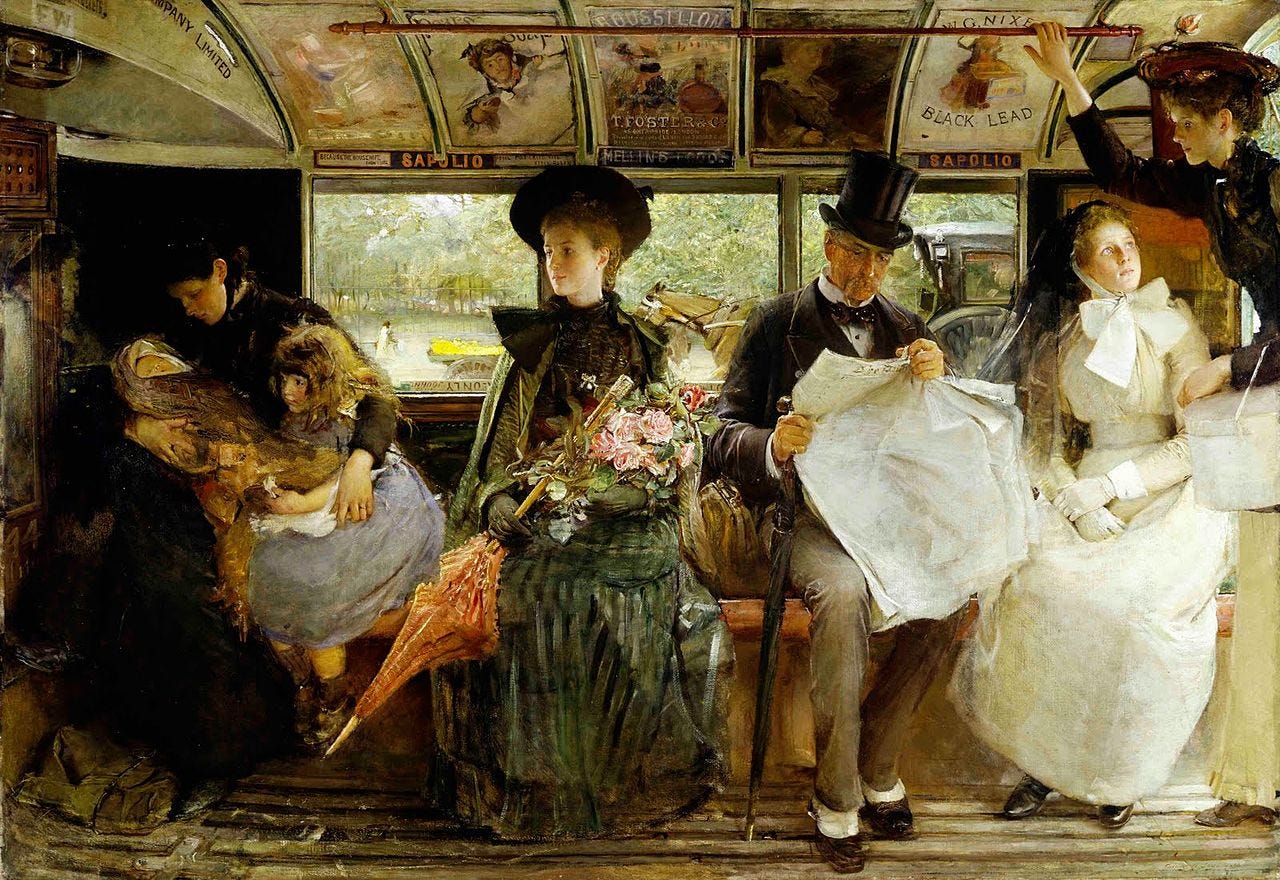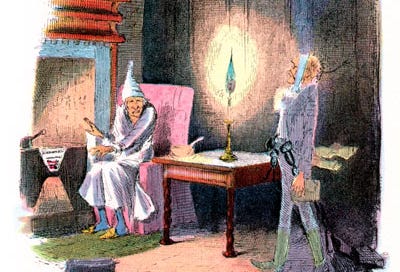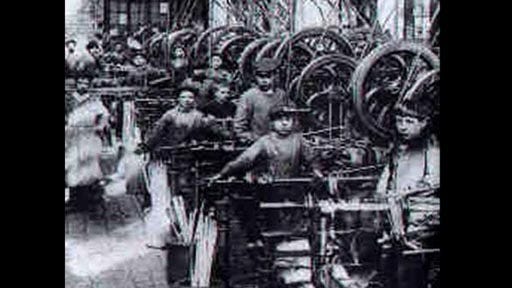"In the depths of winter, I finally learned that within me there lay an invincible summer."
- Albert Camus.
It is just another day in the eyes of nature.
As we spin around the sun, miracles spin around us if we choose to see.

The story of A Christmas Carol by Charles Dickens is still quite compelling and timely as we head through another Christmas with Covid 19 Delta and Omicron variants circulating amongst us.
I would like to think that humankind is again reminded that social responsibility is everyone’s business.
Maybe a re-reading of A Christmas Carol will awaken some hardheartedness and a realization will burst forth as a shining star in the darkness— that all deserve our protection and the basics of a joyful life. It is never too late for Scrooges amongst us to change and start over.
The Morgan Library & Museum in New York City owns the only manuscript of A Christmas Carol. As told by the Morgan Library & Museum, “Dickens wrote A Christmas Carol in only six weeks and during a period of intense creativity in the fall of 1843. Beset with financial difficulties, Dickens sent his heavily revised sixty-six-page draft—the only manuscript of the story— to the printer in order for the book to be published on 19 December, just in time for the Christmas market.
When the manuscript of A Christmas Carol was returned by the printer, Dickens sent it to a bookbinder (possibly Thomas Robert Eeles of Cursitor Street, London), who bound it in crimson morocco, a handsome, durable goatskin leather. The binding is elegantly decorated in gilt, and the name "Thomas Mitton Esqre" is stamped in gilt on the front cover. Dickens presented the bound manuscript to Mitton, his close friend and creditor, possibly as a Christmas gift, and most probably in gratitude for the generous loan of £270 in the preceding six months.”

Charles Dickens knew of poverty on a very personal level. Charles’ father, John Dickens was sent to serve a term in Debtors' Prison over a debt he had incurred to a local baker. The family were no strangers to hardship. It was not uncommon under English law at the time and not in the too far distant past for people to be sent to jail for not being able to pay their debts. To help sustain the family, Dickens was forced to leave school and sent to work in Warren's Blacking Factory that produced shoe polish or blacking as it was known then. Charles was 12 and he worked along with other children at this dirty job. There were no child labor laws then.
The wealth gap between the “haves” and “the have nots” was extreme during the time of Dicken’s Victorian England.

The Industrial Revolution was underway and steam engines and machines revolutionized work, yet wages were dismally low. In search of employment, people moved to the cities, often living in slum like conditions and where the dirty soot of factory smoke covered the streets, buildings and houses. Fashion and clothing clearly distinguished the rich from the poor. Overcrowding and unsanitary living conditions meant that influenza, like other infectious diseases, spread readily within urban communities in Victorian Britain. Dickens hoped that his book would resonate with the rich and well off to open their eyes to the plight and conditions of the poorly paid workers and child labor.
More on Dickens & “A Christmas Carol”
BBC: How did A Christmas Carol come to be? https://www.bbc.com/culture/article/20171215-how-did-a-christmas-carol-come-to-be
Dickens’ Christmas Carol didn’t invent the holiday, but it did help revive it; by Lauren Laverne; Sun 21 Dec 2014; https://www.theguardian.com/lifeandstyle/2014/dec/21/dickens-christmas-carol-didnt-invent-holiday-help-revived-it-lauren-laverne
Ten Things To Know About Charles Dickens' A Christmas Carol- National Endowment for the Arts, Dec 04, 2020 By Paulette Beete; https://www.arts.gov/stories/blog/2020/ten-things-know-about-charles-dickens-christmas-carol



